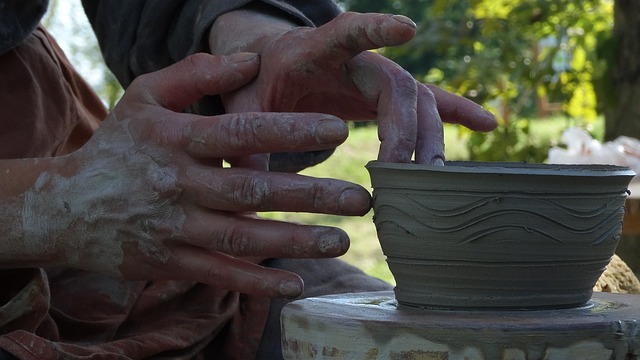Writing, drawing, gardening, and needle-crafts are all great hobbies. But these pastimes can do more for you than just fill a few hours. There are actual cognitive and emotional benefits to gain from using your hands in creative pursuits. Beyond the creation itself, engaging in hands-on activities taps into our innate human need for expression, problem-solving, and sensory exploration. Here are several compelling reasons to use our hands for more than just tapping and typing, scrolling and scanning:

- Enhanced Problem-Solving Skills: Creative hands-on projects often necessitate thinking “outside the box” to overcome challenges and obstacles. This fosters a mindset of innovation and resourcefulness, leading to improved problem-solving abilities that can be applied to various aspects of life.
- Stress Reduction: Immersing oneself in a creative activity has been shown to reduce stress levels and promote relaxation. The focus required to manipulate materials and bring ideas to life serves as a form of mindfulness, allowing individuals to temporarily escape from daily worries and pressures.
- Improved Cognitive Function: Working with your hands engages multiple areas of the brain, including those responsible for spatial awareness, motor skills, and memory. This cognitive stimulation can help sharpen mental acuity and may even offer protective benefits against age-related cognitive decline.
- Boosted Self-Esteem and Confidence: Successfully completing a hands-on project, whether it’s a piece of artwork, a craft, or a DIY home improvement task, instills a sense of accomplishment and pride. This positive reinforcement can bolster self-esteem and confidence, encouraging individuals to tackle new challenges with greater assurance.
- Connection to Heritage and Tradition: Many traditional crafts and artisanal techniques have been passed down through generations, connecting individuals to their cultural heritage and preserving valuable traditions. Engaging in these activities can foster a sense of belonging and continuity with the past.
- Social Connection and Community Building: Participating in hands-on creative pursuits often involves joining communities of like-minded individuals who share similar interests. This sense of camaraderie and mutual support can lead to meaningful friendships and a sense of belonging.
- Enhanced Emotional Well-being: Creating something with your hands provides an outlet for self-expression and emotional release. Whether channeling joy, sadness, or frustration into your work, the act of creation can serve as a cathartic and therapeutic experience.





